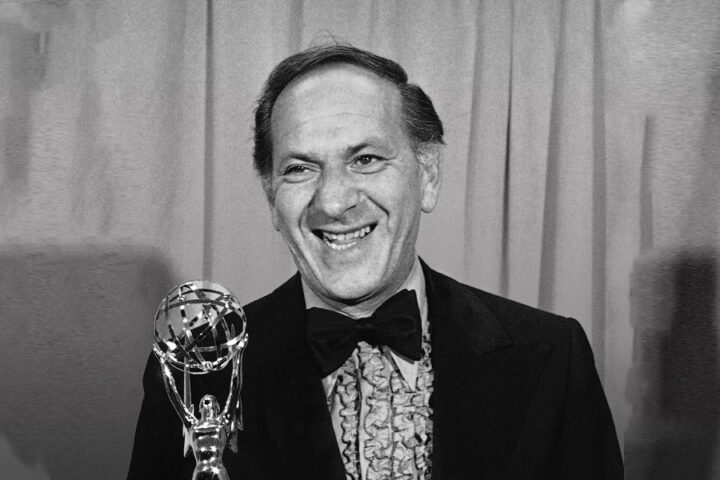The decline of Minneapolis, once a burgeoning hub of industry and culture in the American Midwest, is a complex tale marked by socio-economic challenges, shifts in policy, and deep-rooted systemic issues. This article delves into the multifaceted reasons behind the fall of this iconic city, exploring the untold stories that paint a broader picture of its struggles and the implications for urban centers across the United States.
Historical Context and Glory Days
Minneapolis, situated on the banks of the Mississippi River, flourished throughout the 20th century. It was renowned for its robust milling industry, which earned it the nickname “Mill City.” The city’s economic landscape was bolstered by its strategic location, which facilitated the transport of goods and nurtured a thriving arts scene. However, this golden era was not to last.
During the late 20th century, Minneapolis began to show signs of economic strain. The decline of manufacturing, a common theme in many American cities, hit Minneapolis hard. Closing mills and factories led to job losses and economic downturns, setting off a chain reaction impacting various aspects of city life.

Socio-Economic Shifts
The shift from an industrial to a service-based economy presented significant challenges. While new sectors such as technology and healthcare offered some relief, they also brought about a disparity in economic opportunities. These sectors often required skills and educational qualifications that many long-time residents still needed to possess, leading to a gap between the affluent and the less well-off.
Demographic changes accompanied this economic transition. The city’s population became increasingly diverse, but this diversity only sometimes translated to economic equality. Racial disparities, particularly in education, housing, and employment, became more pronounced, exacerbating the challenges faced by minority communities.
Policy Changes and Urban Planning
Urban planning and policy changes have played a critical role in the evolution of Minneapolis. In the latter part of the 20th century, attempts to revitalize the city led to gentrification in several neighborhoods. While these developments brought new life to some areas, they also displaced long-standing communities. This gentrification often targeted lower-income neighborhoods, pushing residents further to the outskirts and diminishing the sense of community that once defined these areas.
Infrastructure development, though necessary, only sometimes considers the long-term social impacts. The construction of freeways and major thoroughfares, intended to improve city accessibility, often divided neighborhoods and reduced pedestrian-friendly spaces, contributing to declining local businesses and decreasing neighborhood cohesion.
Crime and Safety Concerns
As economic conditions worsened, crime became a significant issue in Minneapolis. The city has faced a surge in violence, particularly in the form of gun violence and gang activity. The rise in crime has been attributed to a variety of factors, including economic despair, social isolation, and inadequate policing strategies.
The Minneapolis Police Department has been under scrutiny for its handling of crime and its approach to community policing. High-profile incidents of police brutality have further strained relationships between law enforcement and the communities they serve. This has led to widespread protests and calls for systemic reform, which continue to shape the city’s path forward.

The Role of Community and Future Outlook
Despite the challenges, there is a strong sense of community and resilience among the residents of Minneapolis. Community organizations and local leaders are at the forefront of efforts to address the city’s issues. Initiatives aimed at reducing crime, improving educational outcomes, and providing economic opportunities are slowly making an impact.
The future of Minneapolis depends largely on the ability of these community efforts to foster a more inclusive, safe, and prosperous environment for all its residents. Rebuilding trust, particularly between the police and the community, and ensuring equitable growth are essential for the city’s revival.
Conclusion
The fall of Minneapolis is not just a story of economic and social decline but also a lesson on the complexities of urban development and the importance of inclusive policies. Minneapolis’s untold stories reflect its people’s resilience and challenges, offering insights that could help other cities facing similar predicaments. As Minneapolis strives to reclaim its former glory, the lessons learned from its past are critical in shaping a brighter, more inclusive future.
In conclusion, the narrative of Minneapolis is still being written. With concerted efforts from all sectors of society, the city can hope to rise again, demonstrating the power of community and the enduring spirit of its residents.






